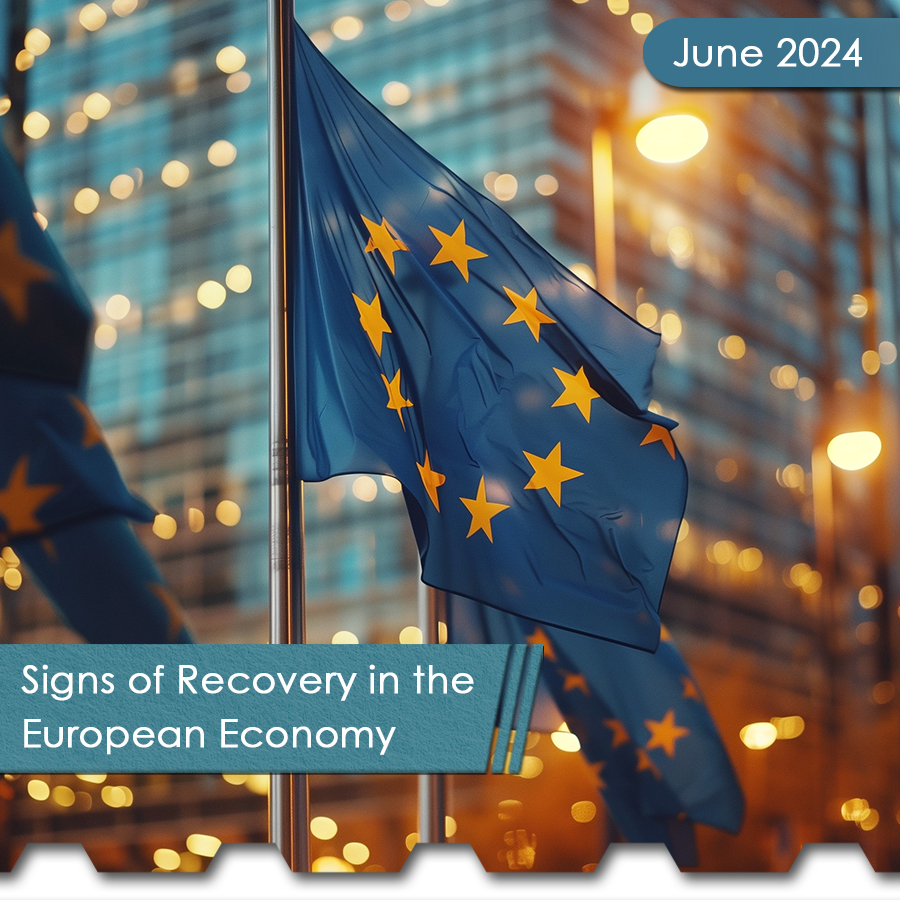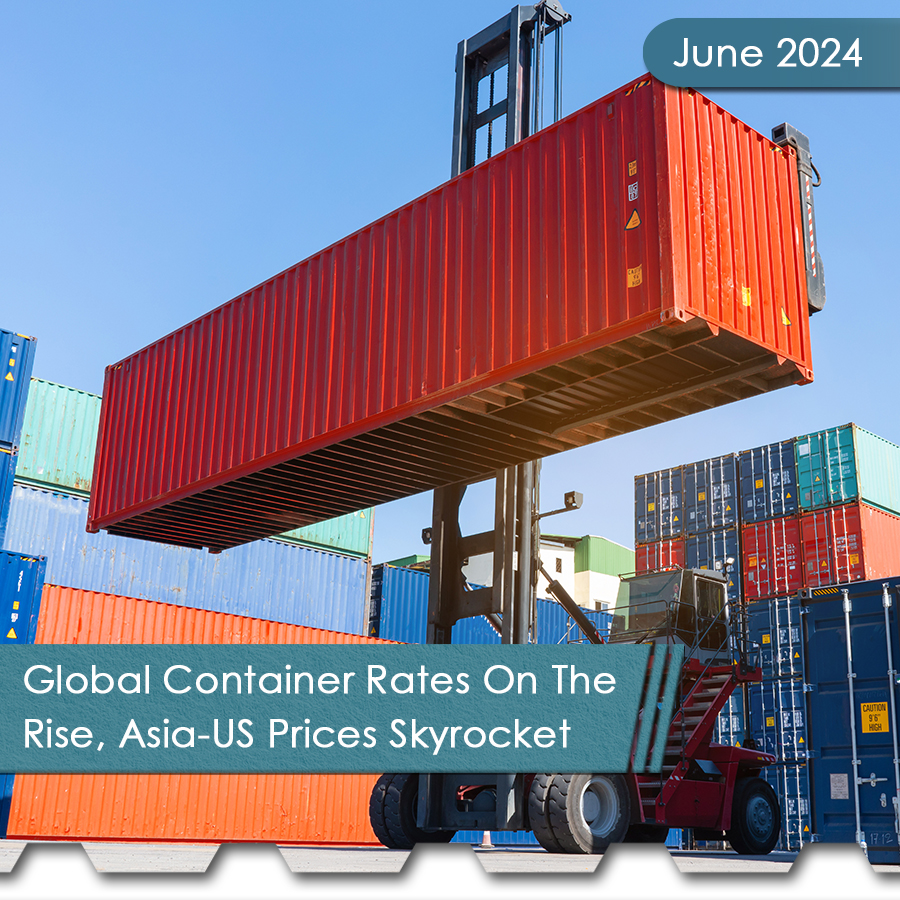Quote of the Day
“This is no time for ease and comfort. It is time to dare and endure.”
Winston Churchill
Chemical Industry News
Using algae to turn CO2 into plastic? Maybe not such a crazy idea
According to an E&E News report by Niina Heikkinen, chemical feedstock ethylene can be found nearly everywhere on the planet. It’s in polyester shirts, PVC pipes, plastic milk jugs and high-grade industrial ethanol.
However, using ethylene as a plastics and chemical building block does have an environmental cost. The production of the cheap hydrocarbon emits more carbon dioxide than any other chemical process. Because of concerns about CO2 levels contaminating the atmosphere, scientists are experimenting with ways to make the production of ethylene more environmentally friendly. Researchers at the Department of Energy’s National Renewable Energy Laboratory have experienced unexpected success with a blue-green algae called cyanobacteria.
Technologies designed to directly remove carbon dioxide from the air are nearly ready to make their debut. However, the question remains—will they be cost-effective and commercially viable, asks Noah Deich, founder of the Center for Carbon Removal. He said: “It’s not a question of if we can take carbon out of the atmosphere, but I think the question is if all of the technologies that can take carbon out of the atmosphere do it in a cost-effective, sustainable and scalable way.”
China’s decision to allow the yuan to crash against the US dollar was designed to boost its tanking economy, which has been in a five-year slowdown. Unfortunately, the devaluation has adversely affected regional petrochemical markets. The International Monetary Fund (IMF) anticipates a 6.8% growth this year, down from a 7.4% growth registered in 2014 according to ICIS.
The demand for European recycled polyethylene terephthalate (R-PET) is on the rise in the second half of 2015, as substitute virgin PET prices continue to rise and many companies make environmental commitments to use R-PET. Nonetheless, sustainability is an issue as long as collection issues and supply shortages persist.
To build on anticipated record earnings for the current fiscal year, Japanese chemicals giant Asahi Kasei has developed a growth strategy through diversity. New applications for existing products could increase sales, and new process technology should enable feedstock diversification and reduce cost of production.
Polyethylene terephthalate (PET)—mainly used for synthetic fibers and bottle resins, is a resistant thermoplastic with two forms—amorphous and semi-crystalline. Despite Asian demand being set to grow this year, capacity increases will add to adequate regional supply levels, with prices tracking those of feedstocks.
Low virgin prices in Europe had a negative impact on R-PET in late 2014 and early 2015, as consumers can easily switch between virgin and recycled polyethylene terephthalate (PET). Supply factors lie bottle shortages and collection problems may begin to influence European R-PET as the pressure diminishes.
Oil & Gas
U.S. crude output rises to highest production level since 1920
The month of July saw 9.52 million barrels per day, according to a recent American Petroleum Institute report. However, the report said that the output represented a 2.5% drop from June and an 8.8% increase from the previous year. API Chief Economist John Felmy said: “There’s a lot of momentum in the system. If you’ve already drilled a well, you’re not going to stop pumping because of the drop in prices.”
According to Sen. Heitkamp, ND oil and gas producers’ jobs are at risk because of the new methane rules. The rules, drafted by the Environmental Protection Agency (EPA) could hurt operators in North Dakota’s Bakkken Shale, Sen. Heidi Heitkamp, D-ND said. She went on to say that imposing additional costly rules amid tanking global oil prices “could have a dire impact on the jobs” that are industry dependent. The senator added that collaboration is necessary in order to reach middle ground between “energy independence and reduced greenhouse gas emissions” if we want to improve emissions reduction efforts.
Increasing natural gas production in the Marcellus Shale has resulted in a declining demand for Colorado and Wyoming gas. This has been worsened by the partial reversal of the 1,698-mile Rockies Express pipeline. As Marcellus output approaches record production levels, gas production from the Niobrara Shale dropped 12% from a record high in 2012. Paul Grigel, senior equity research analyst at Macquarie Group said that: “More competition is certainly not helpful for Rockies producers. The Marcellus is truly a world-class asset, and even with transportation costs factored in, it can unseat Rockies gas.”
The buyers of Gulf Coast oil fields will likely be the natural gas producers in the emerging flood of deals anticipated in the coming months, attendees said at a recent conference. These companies are “in a better position to buy, and the reason is they’ve been fighting low gas prices for three or four years,” Jerry Eumont, managing director for consulting at HIS said. He also said that the big independent Marcellus Shale gas operators could consider diversification of portfolios, since they are “already lean and they’ve stabilized.”
The Environmental Protection Agency (EPA) presented a draft of new rules for the oil and natural gas industry governing methane emissions reduction with targets of up to 45% from 2012 levels by 2025. The industry does not need such “duplicative and costly” rules, as it has been leading efforts in cutting methane emissions. “API supports a common sense regulatory approach that builds on cost-effective controls already required by EPA for new equipment,” American Petroleum Institute President and CEO Jack Gerard said in a Bloomberg article covering the announcement.
The American Chemistry Council said that US chemical production is expected to increase by 3.2% this year and 3% next year, resulting from shale natural gas production. Chemical manufacturers are planning 238 shale-related projects over the next few years in the US. This will allow US chemical production to gain momentum through next year and give it the impetus needed to surpass the growth of the overall US economy.
As oil prices fall below $41 per barrel, forcing them to suspend or cancel new projects, according to a report released by TD Securities, Canadian oil sands companies are realizing production losses. Prices for more than half of ongoing projects cost more than $44 just to break even according to the report. In order to maintain capital requirements and realize favorable cash flows from the projects in the long term, steam-assisted gravity drainage oil-sands project operators Cenovus and MEG Energy also need $50 per barrel, the report said.
The lease sale of acreage in the western Gulf of Mexico by the Bureau of Ocean Energy Management drew the lowest bids in the region since 1983—only $22.7 million in high bids. BHP Billington was the most active participant in the smallest sale in the Gulf, came in with 26 bids. BOEM Director Abigail Ross Hopper said, “The continuing drop in oil prices and low natural gas prices obviously affect industry’s short-term investment decisions.”
Skip York, vice president for integrated energy at Wood Mackenzie said that the authorization of US oil swaps with Mexico by the Commerce Department is not necessarily an indication that crude export restrictions will be lifted or even relaxed. “The next step, absent legislative action, could be extending export policy relief to other partner countries with free trade agreements,” he said in a UPI article.
“EPA’s new proposal to regulate methane emissions is not only unnecessary, but another example of the administration’s punitive expansion of their war on fossil fuels,” said Senate Environment and Public Works Committee Chairman Jim Inhofe, R-Oklahoma in a Bloomberg report.
The Economy, Business, & Politics
Stock Market Sell-Off Turns Ugly: Dow Stock Drops 531 Points
 Reminiscent of the Black Monday of 1987 when the Dow fell 508 points, the market sell-off on Friday, Aug. 24, 2015 will go down in history as one of the darkest days in market history.
Reminiscent of the Black Monday of 1987 when the Dow fell 508 points, the market sell-off on Friday, Aug. 24, 2015 will go down in history as one of the darkest days in market history.
Stocks fell for the fourth day in a row with the Dow falling more than 500 points into correction territory. Oil set a 6 ½-year low as it dropped below $40 per barrel.
Growing concerns about the slowing Chinese economy and falling oil prices have global markets under pressure. Recent Chinese data showed even weaker manufacturing, which added to the worries.
A day after the blue-chip index fell 358 points in its biggest tumble since Nov. 9, 2011, the Dow Jones industrial average slid 531 points, or 3.1%, to 16,640. The losses sent the blue-chip index down 10.1% from its record closing high of 18,312.39 on May 19. This means the blue-chip gauge is officially in correction territory.
The broad-based losses covered all 10 sectors of the S&P 500, with the technology and energy sectors sending the markets spiraling downward. The current slide began when the Dow plunged 358 points.
The GOP elite is troubled by Donald Trump’s popularity and unshakable endurance in the polls, coupled by wall-to-wall media coverage of his campaign. The Republican Party hierarchy would much rather anoint an established, proven, conservative candidate. Although many believe that Trump’s campaign will inevitably implode, any signs of slowing down have yet to show themselves. Trump’s team is staffing up and strategizing a path to victory in the primaries and beyond. “The only thing that takes him out is either Father Trump or Father Time,” says Matthew Dowd, the former chief strategist for President George W. Bush. “So far, he is immune,” he added.
Sen. Marco Rubio, R–FL, is going to Detroit to present a tax plan that will create jobs and reinforce the US economy. Rubio is proposing a corporate tax cut and new rules for expensing corporate investments as well as an increased per-child tax credit for families. Democrats strongly criticized Rubio for failing to include how he would fund the tax breaks in his presentation.
Chinese stocks are again in a downward spiraling free fall despite the efforts of Chinese regulators to apply unconventional measures to stop the virtual bleeding. The US Federal Reserve openly admits that quantitative easing and zero interest rates for seven years are unconventional tactics. But blatant forbidding selling, arresting short sellers, banning negative news reports about the state of the market and suspending trade in entire sectors . . . Well—that’s pretty much over the top. But none of the aforementioned really matters, because none of the tactics worked to reverse the market slump. Everyone is asking: “How much farther can the Chinese capital markets fall? The cryptic answer is: Probably another 40% according to the analysts who base their reasoning on both technical and fundamentals.
A New York Times feature covered the Donald Trump and Jeb Bush rival town-hall meetings in New Hampshire last week. The Granite State voters got their first taste of the two candidates radically different political styles. Bush inundated voters with statistics and policy positions, while The Donald accused his “low-energy” opponent of being unelectable while an Aerosmith track thumped away in the background. The highlight of the event was Bush’s continuing inability to trip up Trump, and Trump’s newfound knack for building and winning a Republican coalition.
Without doubt, the stock market’s Fed Fever is worsening. The fate of the free world will hang in the balance in less than a month. On Sept. 17th The Federal Reserve will decide whether or not the interest rates will be raised. They have been at 0 percent for eight years.
Every economic announcement, data point, comment, nuance, and statement has been deconstructed, analyzed, reassembled and synthesized for so much as a hint of what is to come. The Federal Open Market Committee’s July meeting minutes were released and they confused the traders more than ever. Just when a September liftoff looked like it might be a sure thing, everything changed.
The analysts say the Fed is worried about downside risks to its economic projections, risks that warn of tightening too soon and evidence that inflation will remain low. This thinking resulted in the futures market pushing back their expectations of the first rate hike since 2006 from Sept. to Dec. There is now only a one-in-three chance of a September liftoff according to Bank of America Merrill Lynch.
A giant shoe is about to fall on the US economy. The rising rates could make interest on US debt as large as the defense budget. With interest rates rising and anticipated increases in the Federal debt, at some point during the next ten years, annual interest payments will be on pace to exceed the US defense budget, the largest defense budget on the planet.
The long-awaited confirmation of Janet Yellen as the next chair of the Federal Reserve Board makes it almost inevitable that sooner or later, she will preside over that increase in interest rates.
When she does, the rising rates will be perceived as generally good news. The Federal Open Market committee said that rates will only go up when the economy has made obvious progress in recovering from the Great Recession. However, for the federal budget, news about rising rates is just the opposite of good.
The majority of Americans are most likely not aware that the US Treasury blew past the country’s statutory debt limit way back in mid-March. That’s a fact. That means that the Treasury since then, and for several months into the future, will be relying on “extraordinary measures” to pay the government’s obligations. Do not kid yourself for so much as a nanosecond, the US economy is very fragile and on extremely tenuous ground.
Yet another war weakens and threatens the global economy. When China devalued the Yuan, it started the ball rolling downhill. It joined a phalanx of countries around the globe that actively depreciated their currencies against the US dollar and the currency war was in full swing.
Markets have been turbulent ever since, particularly the commodities market, which is already suffering through a weakened position.
According to a Bloomberg report, President Obama may allow most oil exports by the first quarter of 2016. Evercore IS analysts claim that a measure repealing the ban on most oil exports has a 60% likelihood of becoming law by the end of Q1, 2016. The legislation may include a provision that imposes target levels for exports, said the managing director and head of political analysis at Evercore, Terry Haines. Meanwhile, both Democratic and Republican members of Congress could perceive the policy change “as a compromise alternative that overturns the ban and is a significant step on the road to full unregulated repeal,” Haines added.







